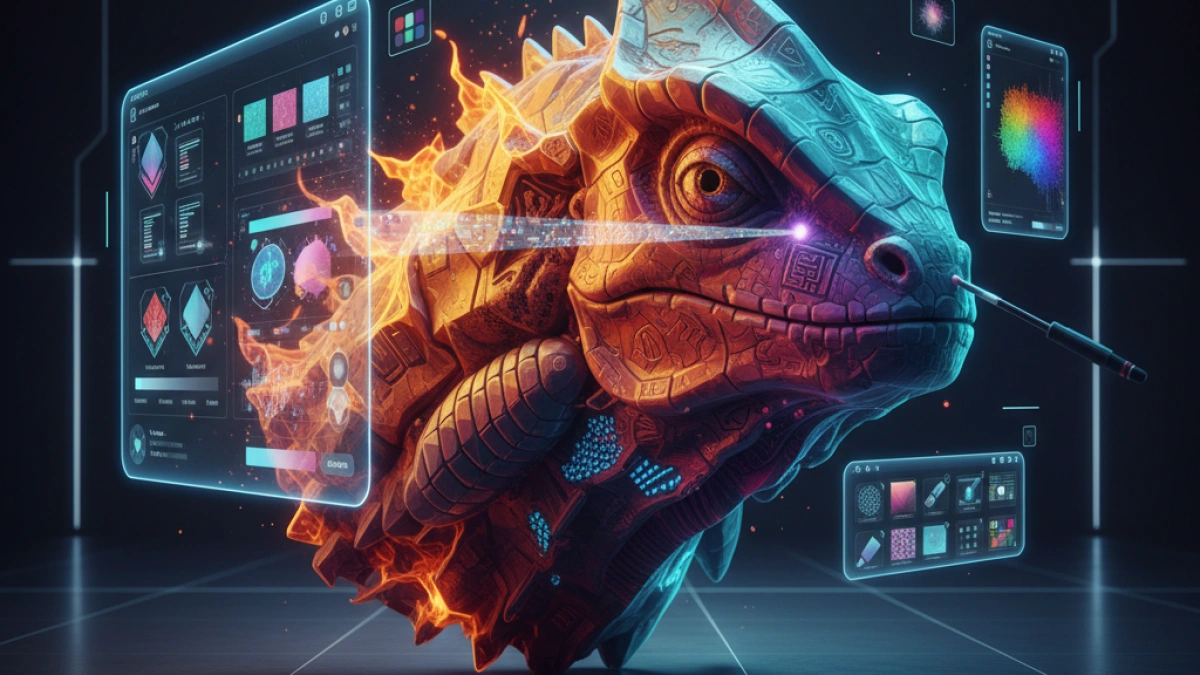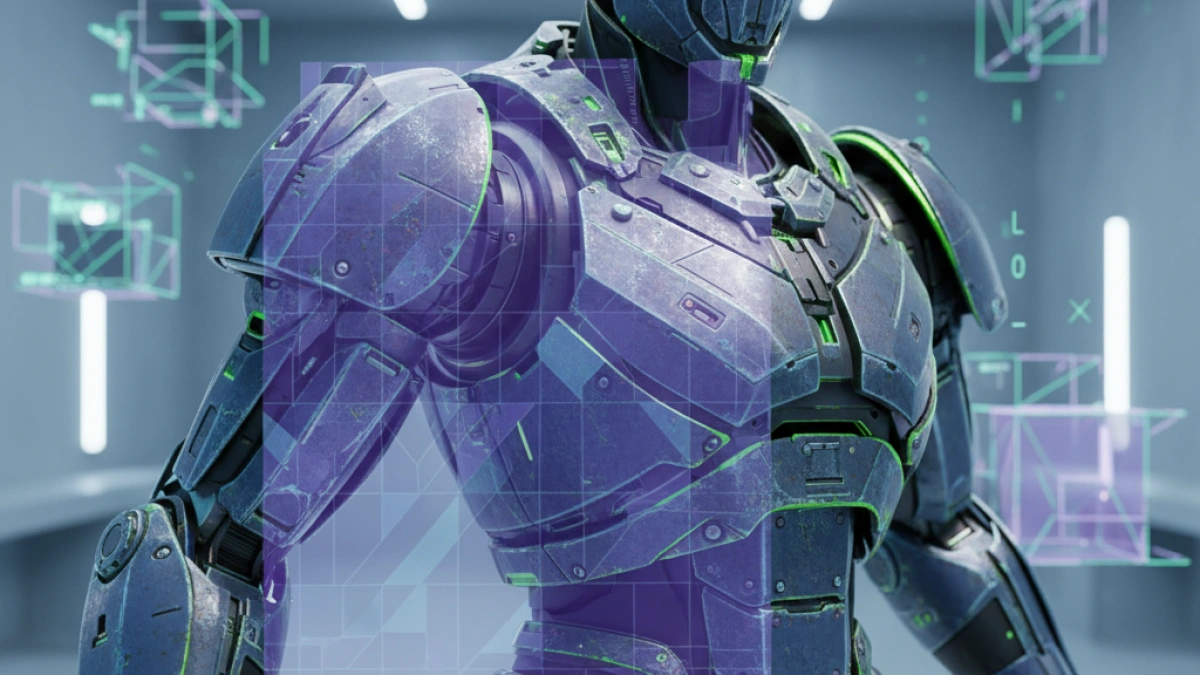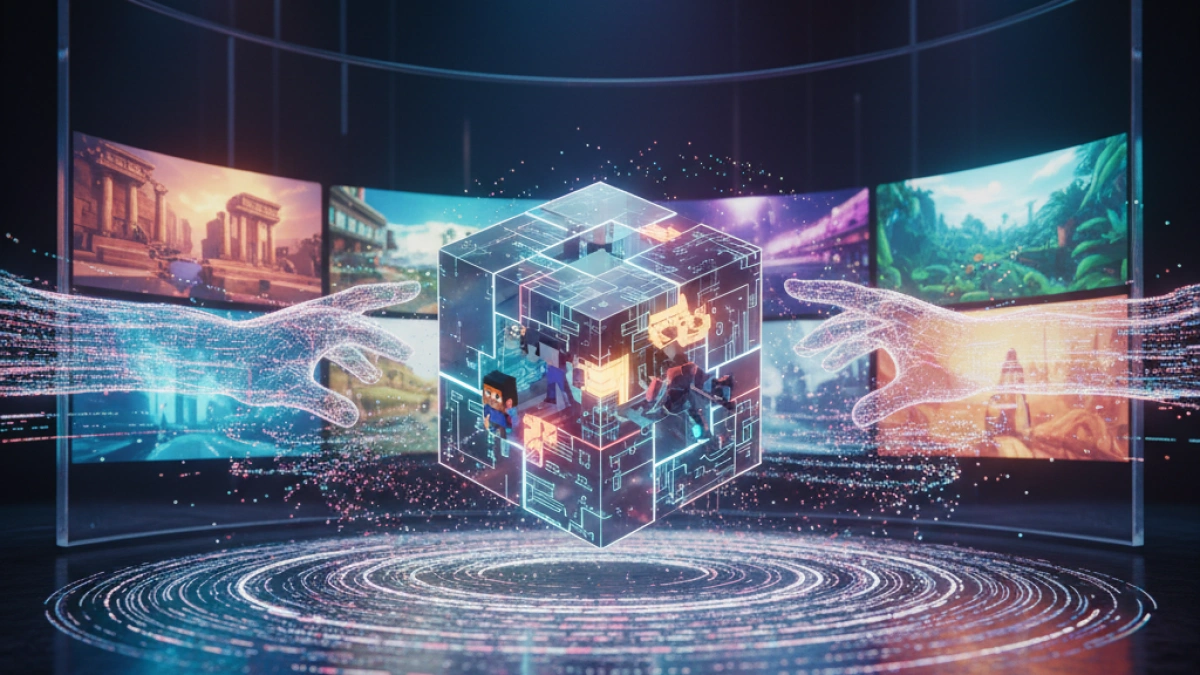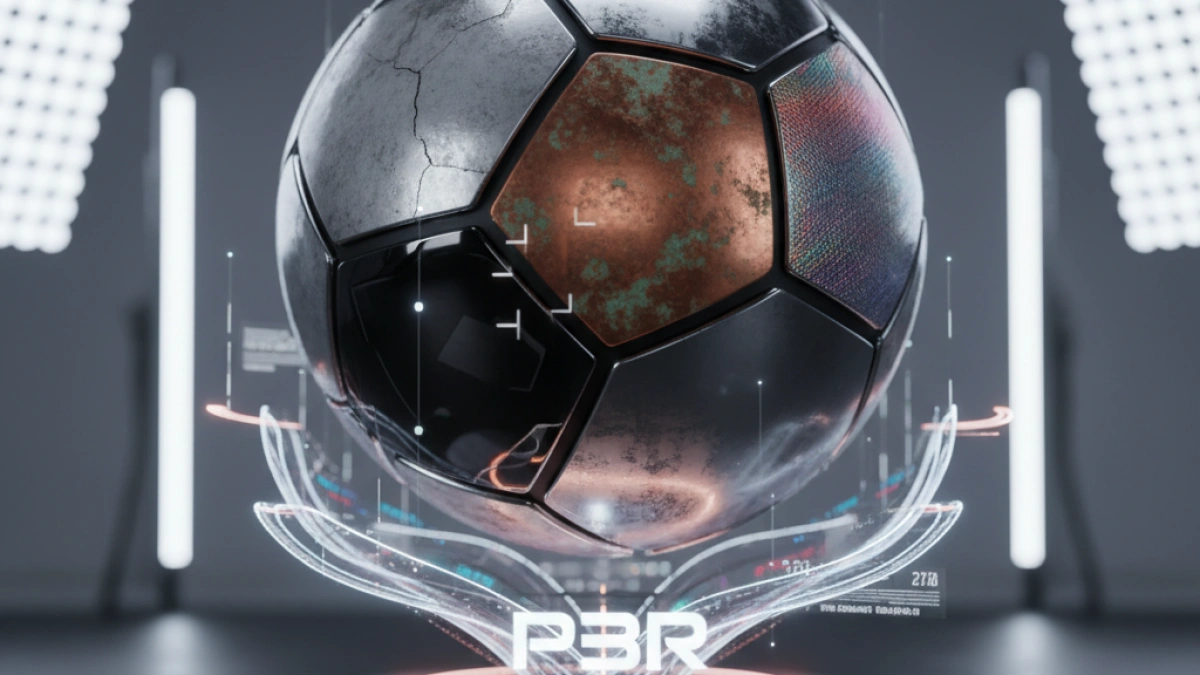How to Generate Stylized Textures Using Substance Painter


Substance Painter has become an essential tool for 3D artists who want to create high-quality and stylized textures for their models. In this article, we will explore how to make the most of Substance Painter to generate stylized textures, from the basics to more advanced techniques. You will learn how to use the available tools and apply styles that suit your needs.
What is Substance Painter?
Substance Painter is a 3D texturing software that allows artists to paint textures directly onto 3D models in a digital environment. It is widely used in the video game, film, and architectural visualization industries. Its intuitive interface and powerful tools make it a preferred choice for many artists.
Advantages of Using Substance Painter
- 3D Painting: Allows you to do it directly on the model, making it easier to create detailed and precise textures.
- Materials and Layers: Based on a layer system similar to Photoshop, it allows complete flexibility in the texturing process.
- Real-time Effects: You can see the changes in real-time, which speeds up the workflow.
Preparing the Model
Before starting work in Substance Painter, it's important to have the 3D model properly prepared.
1. UV Mapping
The first step is to ensure your model has adequate UV mapping. This is essential for the textures to apply correctly:
- Use a modeling software like Blender or Maya to create the UVs.
- Avoid overlaps in the UVs to ensure the textures look flawless.
2. Exporting the Model
Once the UV mapping is ready, export your model in a compatible format (FBX, OBJ, etc.) and make sure to include the necessary information such as normals, tangents, and UVs.
Setting Up in Substance Painter
When you open Substance Painter, follow these steps to get started:
1. Create a New Project
- Select "New Project."
- Import your 3D model.
- Configure the texture size you need (512x512, 1024x1024, etc.).
2. Create Base Textures
- Use the base materials that Substance Painter offers or create your own from scratch.
- Apply a base color that matches the style you want to achieve.
Creating Stylized Textures
Now that you have your model and setup ready, it's time to start generating stylized textures.
Read also
1. Using Brushes
Brushes are fundamental tools in Substance Painter for creating stylized textures.
- Choose brushes that fit the style you are looking for, such as brushes that mimic paint strokes or specific textures.
- Customize the brushes by adjusting their flow, opacity, and scale to achieve the desired effect.
2. Layers and Masks
Using layers and masks allows you to have complete control over the textures:
Layers
- Create different layers for each element of your texture (shadow, light, details).
- Adjust the opacity of the layers for a smoother blend.
Masks
- Apply masks to precisely define where you want certain effects to be applied.
- Use masks on effect layers to add additional details only in certain areas of the model.
3. Using Procedural Effects
Substance Painter includes procedural effects that can add texture and details to your model without the need for manual painting.
- Generators: Use generators to automatically add variation to your textures. For instance, use a dirt generator to simulate wear and aging.
- Filters: Apply filters to modify your existing textures and give them a stylized touch.
Exporting Your Textures
Once you are satisfied with your textures, the next step is to export them for use in your project:
1. Export Settings
- Navigate to "File" > "Export Textures."
- Select the format and resolution you wish to use.
2. Save in the Correct Format
Make sure your textures are saved in the correct format (PNG, TGA, etc.), depending on the needs of your game engine or software.
Conclusion
Generating stylized textures in Substance Painter is a creative and exciting process. With the right tools and techniques, you can bring your 3D models to life with unique and detailed textures. Be sure to practice and experiment with different methods to find the style you like best.
Remember, the key to mastering Substance Painter lies in constant practice and exploring its various functionalities. Start today and transform your 3D models into true stylized works of art!



















